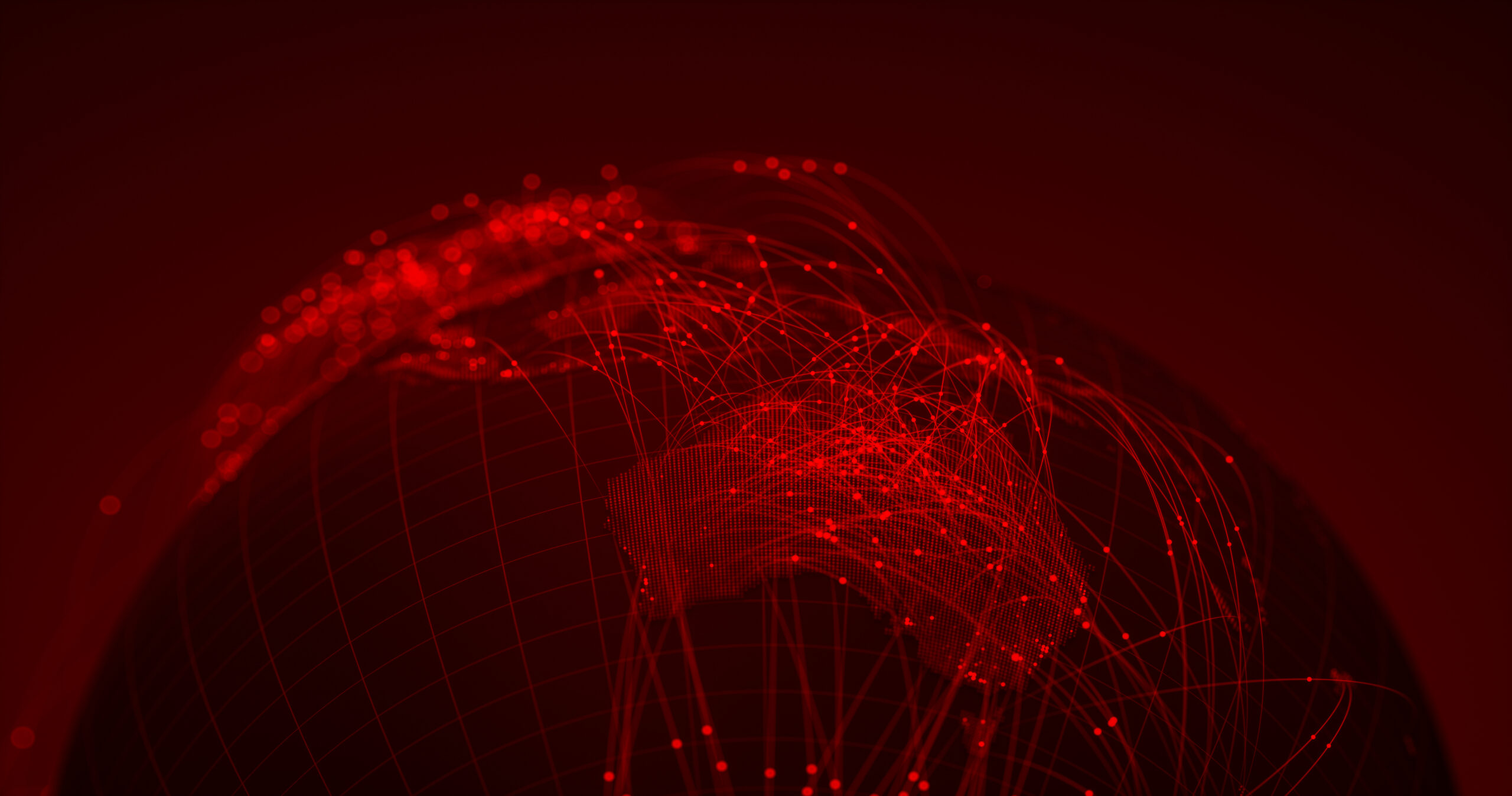When Namihei Odaira founded Hitachi in 1910, the first product he developed was a 5 HP electric motor. Living in an island country with few natural resources, Odiara was always concerned about the environment.
As such, Hitachi has been focused on sustainability and taking care of the environment from the very beginning. When I joined Hitachi Data Systems in the 1990’s I was very impressed with their focus on Monozukuri. The Japanese word (ものづくり) is a combination of ‘mono’ meaning thing, and ‘zukuri’ meaning the act of making. It simply means craftsmanship or manufacturing and has come to embody the Japanese spirit and history of manufacturing.
The result of Monozukuri in those days was that Hitachi storage products hardly ever failed.
In those heady days of the IT industry, ISO 14001 set the criteria for an environmental management system that could be certified. It mapped out a framework that a company or organization could follow to set up an effective environmental management system. Hitachi also had its own “Eco Product” assessment which evaluated each new product on eight criteria, including design, manufacturing, procurement, service strategy, recycling, environmental partnerships, eco management and reducing global warming.
But it wasn’t enough to develop eco-friendly products in eco-friendly factories and offices. Hitachi was also concerned about the entire value chain, before and after the products were created by Hitachi and sold to customers.
Greenhouse Gas Protocol
While this was what Hitachi was doing to measure and manage their sustainability goals, it was apparent that there needed to an international standard to ensure that all companies were working to the same goals. In 2001, a partnership between the World Resources Institute (WRI) and the World Business Council for Sustainable Development (WBCSD) published the “Corporate Standard,” a comprehensive, global, standardized framework for measuring and managing emissions from private and public sector operations, value chains, products, cities, and policies.
Since then, the Greenhouse Gas Protocol (GHG Protocol) organization has been established and the framework updated with additional guidance and calculation tools. By 2016, 92% of Fortune 500 companies leveraged the GHG Protocol framework “directly or indirectly” to better understand their emissions. And today, it is the recognized independent standard providing companies greater transparency and the ability to set goals.
The Scopes of the GHG Protocol
- Scope 1 – Direct emissions
Scope 1 emissions include direct emissions from the company’s owned or controlled sources. This includes on-site energy like natural gas and fuel, refrigerants, and emissions from combustion in owned or controlled boilers, and furnaces as well as emissions from fleet vehicles. Scope 1 emissions encompass process emissions that are released during industrial processes, and on-site manufacturing (e.g., factory fumes, chemicals).
- Scope 2 – Indirect emissions from purchased energy
According to the GHG Protocol scope 2 emissions represent one of the largest sources of global greenhouse gas emissions accounting for at least a third of it. Scope 2 emissions comes from
indirect greenhouse gas emissions from purchased or acquired energy, like electricity that is purchased from a utility company who generates the electricity offsite.
- Scope 3 – Indirect value chain emissions
Scope 3 includes all indirect emissions that occur in the value chain of a reporting company. The US Environmental Protection Agency (EPA) describes the Scope 3 emissions as “the result of activities from assets not owned or controlled by the reporting organization, but that the organization indirectly impacts in its value chain.”
Even though these emissions are out of the control of the reporting company, they can represent the largest portion of its greenhouse gas emissions inventory. Based on the financial transactions of the reporting company, the GHG Protocol divides the scope 3 emissions into Upstream and Downstream emissions.
Upstream emissions encompass the indirect greenhouse gas emissions within a company’s value chain related to purchased or acquired goods (tangible products) and services (intangible products) and generated from cradle to gate. Downstream emissions include the indirect greenhouse emissions within a company’s value chain related to sold goods and services and emitted after they leave the company’s ownership or control.
Hitachi Green Strategy 2022
Hitachi published its Green Strategy on June 13, 2022, in which the company declared its commitment to being a climate change innovator based on two Green Transformation (GX) pillars: GX for Core and GX for Growth.
GX for Core is a commitment to decarbonizing Hitachi activities through Scope 1 and Scope 2 net zero commitments by 2030 and Scope 3 by 2050. (While Scopes 1 and 2 can be controlled by a company Scope 3 is dependent on other companies and is therefore harder to quantify.) As part of this commitment, the company said it will:
- Invest in energy saving and renewable energy generation projects
- Accelerate Scope 3 reduction through value chain management, product redesign and engagement targets with key customers.
GX for Growth is a commitment to enable other companies to reduce CO2 emissions through enhanced product offerings. As such, the company said it will:
- Shift toward a greener product portfolio (to reduce emissions during product operation)
- Offer end-to-end solutions (e.g., carbon management platform, XaaS)
- Invest in new green technologies to extend current product portfolio
This GX strategy will not only reduce CO2 emissions but contribute to Hitachi’s corporate growth through multiple value levers. Though the climate challenges are great, the energy around commitments such as these, give us hope.
Hu Yoshida is CTO Emeritus at Hitachi Vantara.



